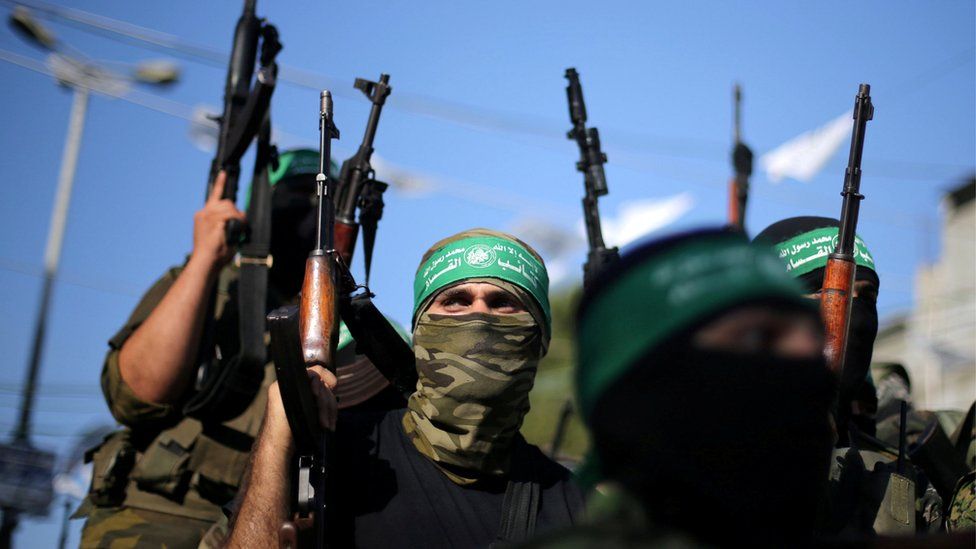Alright, folks, buckle up. The geopolitical chess game continues, and just when you think you’ve got a read on it, a new wrinkle appears. According to US Secretary of State Rubio, following a recent meeting with Russian Foreign Minister Lavrov, Moscow is actively preparing a list of ‘ceasefire demands’ for Ukraine. Let that sink in.
This isn’t some spontaneous call for peace, believe me. This is a calculated maneuver. Lavrov, according to Rubio, indicated Russia will present a formal document outlining their conditions for a ceasefire, essentially setting the stage for what they hope will be broader negotiations.
And Kyiv? They’re not sitting idly by. They’re apparently crafting their own list of demands, setting up a potentially explosive showdown – not on the battlefield, at least not initially – but at the negotiating table.
Let’s be clear: this isn’t about genuine diplomacy, at least not yet. It’s about positioning. It’s about public relations. It’s about attempting to dictate terms from a position of (perceived) strength. The question is, will they be met with resistance?
Understanding the Dynamics of ‘Ceasefire Demands’:
A ‘ceasefire demand’ doesn’t equal peace. It’s often a strategy used to halt momentum and consolidate gains. Russia is likely leveraging this to reshape the narrative and put pressure on Ukraine and its allies.
Negotiations, predicated on pre-defined demands, can easily become a tool for exhaustion. The aim may not be a lasting settlement, but a scenario beneficial to the demand issuer.
Analyzing the content of these demands is crucial. Will they involve territorial concessions? Security guarantees? Lifting of sanctions? Each point will reveal Russia’s ultimate objectives.
Ukraine’s reciprocal demands are equally important. They will signal their red lines and highlight the conditions under which they are willing to compromise. This is a power play, and a delicate one at that.







